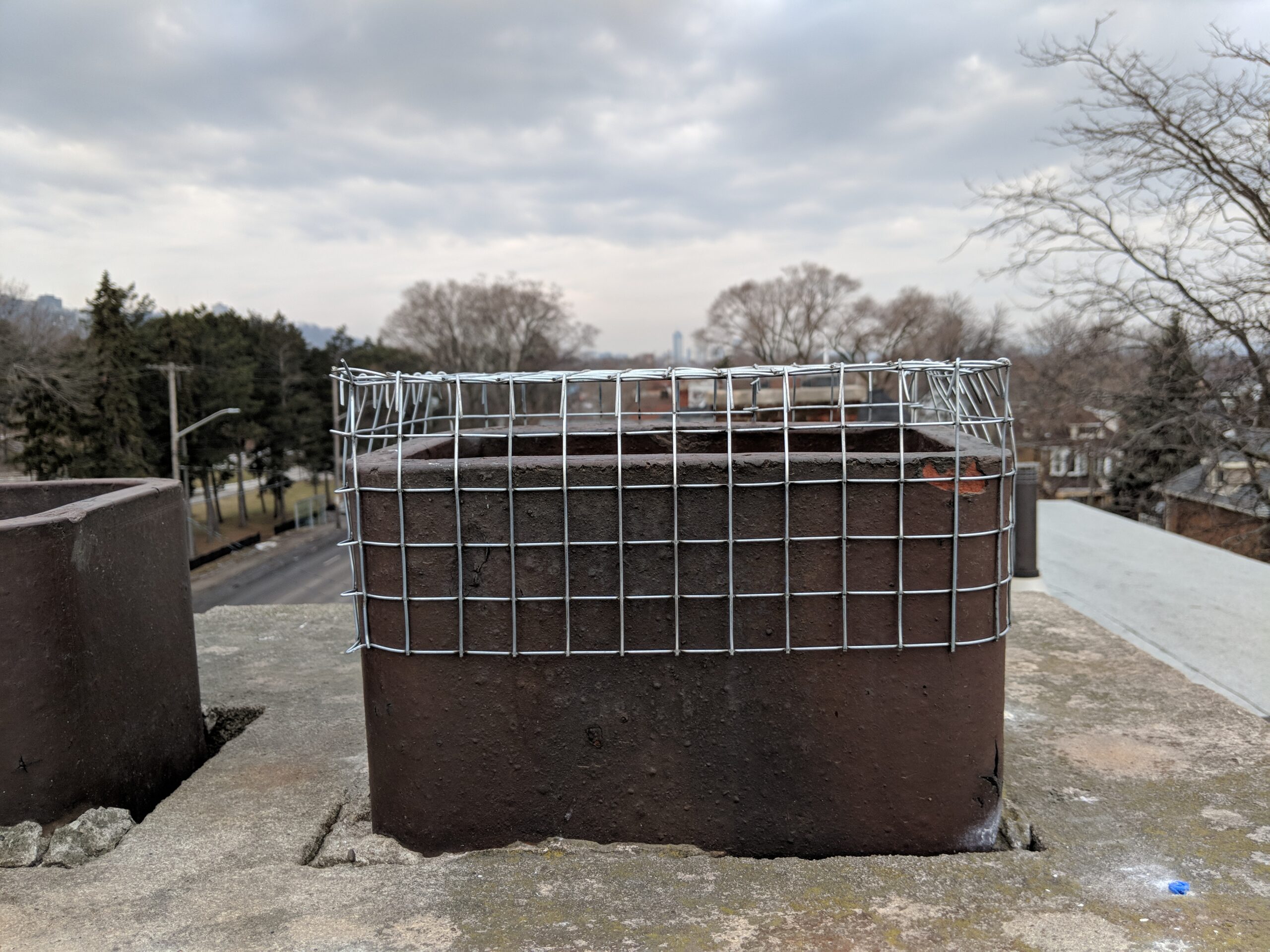When it comes to wildlife, people either enjoy animals or prefer they scurry far away. Regardless of where you fall on the spectrum of appreciation, protecting your home against animal intruders is crucial to your family’s safety and your home’s structural integrity. Wildlife of all varieties can take advantage of any small openings or vulnerabilities of your house, and once they are in, it is more challenging to get them out. The purpose of this blog is to address the benefits of prevention and how you can keep your house free of those cute, playful, and sometimes destructive neighborhood animals, so calling rodent control in Milwaukee is the last resort.
Learn About the Animals in Your Area
Identifying the wildlife species native to your area is crucial to preparing a prevention plan. For example, ground squirrels are different from other tree-dwelling squirrels and will probably require more focus on protecting crawlspaces. Raccoons are more mischievous than squirrels, which means you will want to focus on securing waste and locking sheds or garages. Understanding the wildlife you are most likely to see in your area is the best way to ensure your property is not appealing to it.
Assess Your Property Regularly
Like rodents, many animals have flexible skeletal structures, meaning they can squeeze through tiny passages. You must regularly assess your home and property, searching for any signs of holes, cracks, or debris that could be a nest or entry point for critters.
Beyond looking for small holes where mice could gain access to the interior of your home, look for more significant issues and vulnerabilities, like unblocked crawlspace windows or unprotected chimneys. Birds, raccoons, possums, and other species can use these larger openings to hide and nest. If you have a wide opening somewhere, call a Skedaddle technician to inspect the space for signs of an animal, that way, you can rest assured nothing can become trapped unintentionally.
Keep Trash Contained and Inaccessible
Like people, wild animals need food, shelter, and water to survive, and an area that supplies an animal with these necessities will become its home. While you may not look at trash and see a nutritious meal, an animal will. Raccoons, squirrels, and possums are foragers, and your trashcan is a smorgasbord of goodies.
If you want to prevent unwanted wildlife, make it harder for them to find food. Purchase trash cans with durable and secure lids. Store your garbage cans inside the garage, limiting access from unwanted four-legged or winged friends.
Protect and Remove Pet Food and Water
People love their pets, and this love can lead to mistakes in wildlife prevention. It is normal to put down food and water for your pet when it is outside and playing, and some people may even store pet food in an outdoor shed. The mistake comes when you, as the pet parent, leave the water and food dishes outside, or worse, forget to lock the shed.
While it is acceptable to put food and water down for your pet when it is outside, make sure to pick it up after. You want to empty the dishes and bring the bowls inside. If your pet food is stored somewhere outside, make sure it is in a lockable cabinet or sealed pet food container. It is best to keep animal food indoors or in a closed garage.
Make a Prevention Plan
Do you have a prevention plan? If you do not, you could put your home and future finances in jeopardy. It is easier to control the animal population outside of your home than inside. If wildlife finds a way to nest or live within your home, you may need to invest a significant sum into humane and permanent removal.
Wildlife prevention and control are possible. Contact Skedaddle Humane Wildlife Control for an assessment and prevention tips today.



